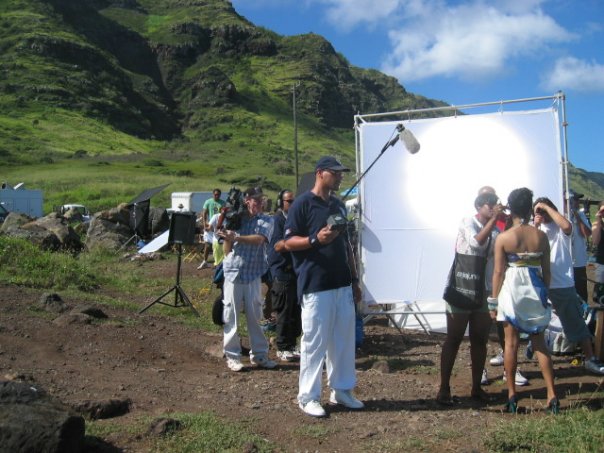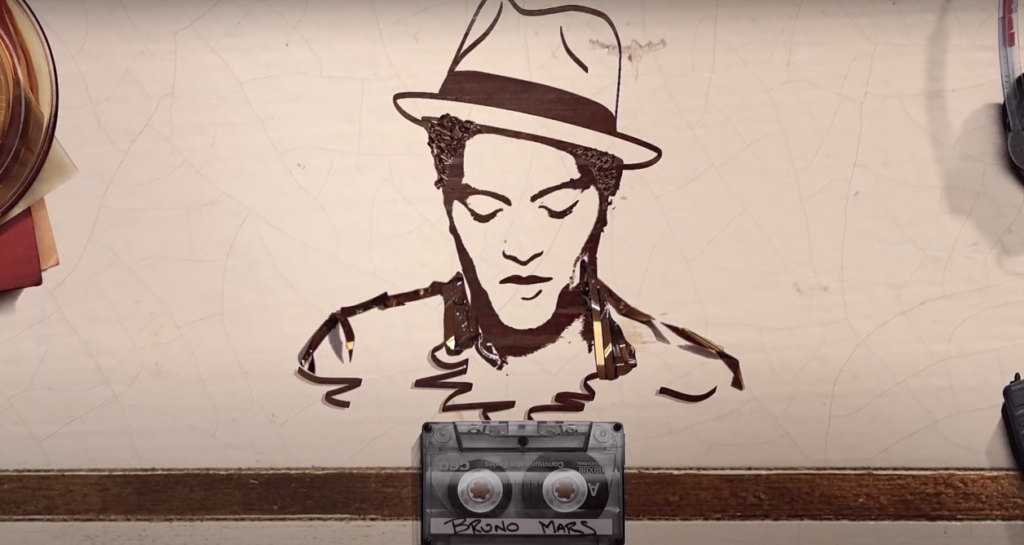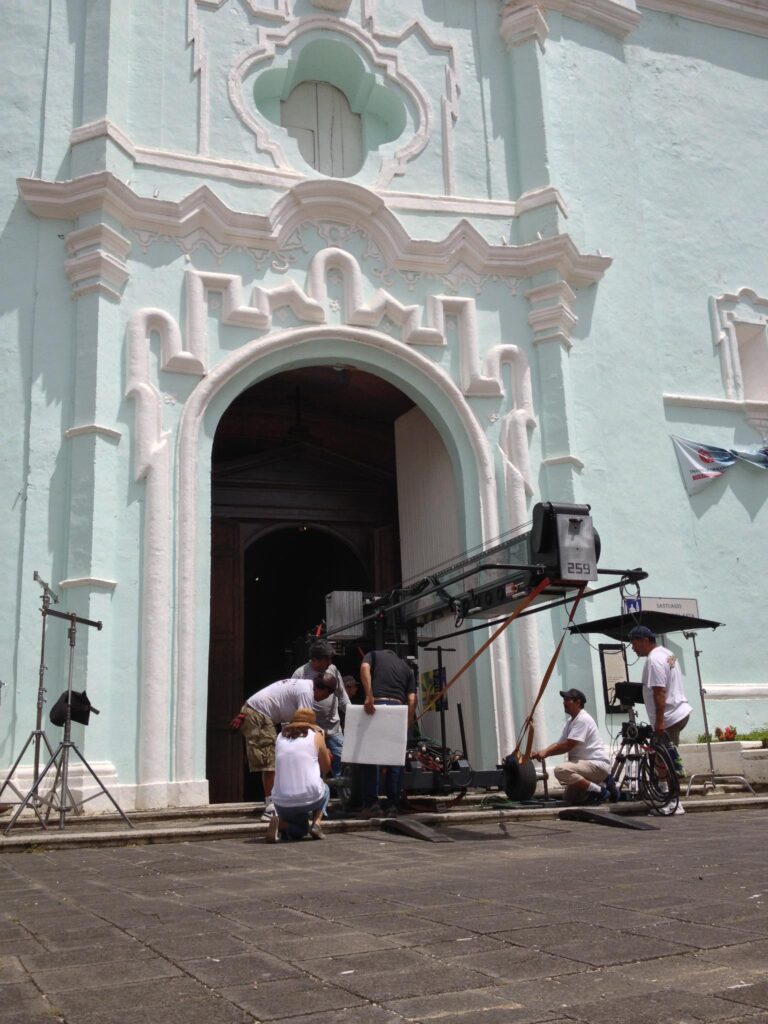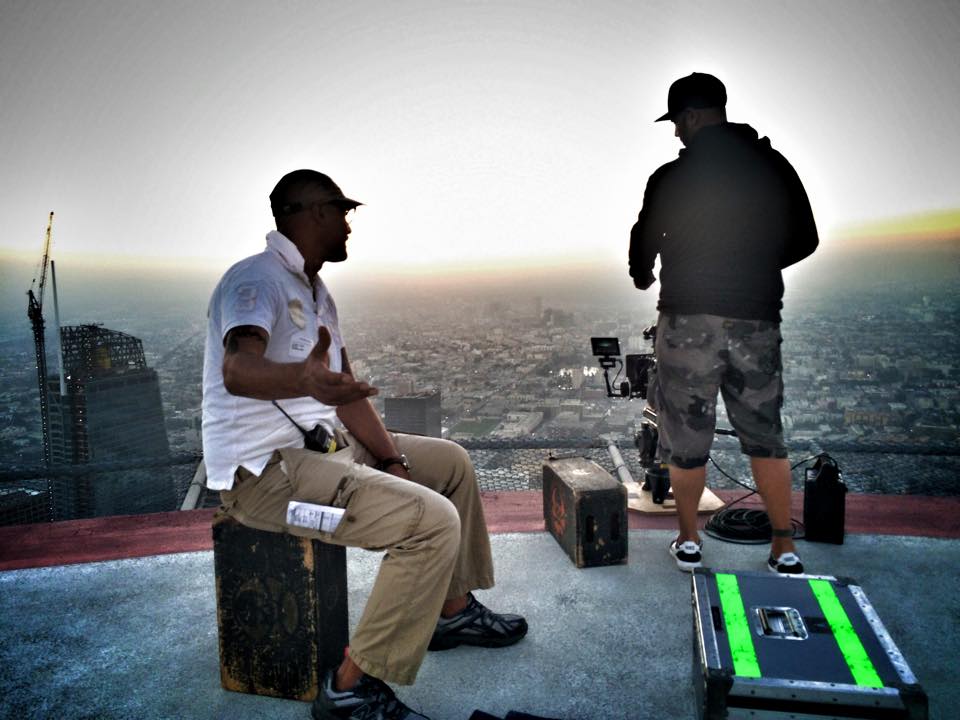How to Shoot a Music Video
Introduction .
How to shoot a music video lies in its ability to transcend the auditory experience and engage the audience on a visual and emotional level. In the contemporary music industry, where visual content is easily shareable and accessible, a compelling music video has the potential to elevate an artist’s career, amplify the impact of a song, and leave a lasting impression on viewers.
A well-crafted music video enhances the storytelling inherent in the song, providing a visual narrative that complements and deepens the emotional resonance of the music. It allows artists to express themselves in a multi-dimensional way, conveying not only the sonic elements of their work but also their visual identity and artistic vision.
This synergy between audio and visual components creates a more immersive experience for the audience, fostering a deeper connection with the music. So its very important to learn how to shoot a music video.

5 Basic steps How to shoot a music video.
Below you will learn how to shoot a music video step by step but we are going to start with 5. I will also teach you how to shoot a music video by yourself.
Conceptualization and Planning:
The first step involves brainstorming and developing the creative concept for the music video. This includes defining the visual style, storyline, and overall aesthetic. During this phase, decisions on locations, props, and wardrobe may be made, and a script or shot list is often drafted to guide the production process. But the focus at this step is to listen to the song and come up with a visual idea that matches the song and the direction the marketing department want to take. This is when you are going to figure out how to shoot a music video.
Pre-Production:
Pre-production is the phase where logistical details are addressed. This includes securing necessary permits and locations, hiring the production team (director, cinematographer, editor, etc.), casting any actors or performers, and creating a detailed production schedule. Budgeting and resource allocation are crucial components during this stage.
Production:
This step involves the actual filming of the music video. The production team executes the creative vision established in pre-production. The Director of Photography captures the footage, and the director ensures that the performances align with the artistic concept. Attention to lighting, camera angles, and overall visual composition is crucial during this phase.
Post-Production:
After filming, the collected footage is edited and refined in post-production. This involves selecting the best shots, adding special effects or graphics, and syncing the video with the music. The editing process plays a key role in shaping the final product, ensuring a cohesive and visually appealing music video.
Distribution and Promotion:
Once the music video is finalized, it is ready for distribution. This involves uploading it to platforms like YouTube, Vevo, or other streaming services. Simultaneously, a promotional strategy is implemented to increase visibility. Social media, press releases, and collaborations are often utilized to maximize the video’s reach and impact, contributing to the artist’s overall success. Now you have learned how to shoot a music video.

Moreover, a great how to shoot a music video serves as a powerful promotional tool in the digital age. With platforms like YouTube, Vevo, and social media channels dominating how people consume content, a visually striking video can significantly increase an artist’s visibility. The shareability of videos on social platforms enables rapid dissemination, potentially reaching audiences far beyond the artist’s immediate fan base. The viral nature of certain music videos has catapulted relatively unknown artists to global stardom, showcasing the transformative impact of a well-received visual accompaniment.
The influence of how to shoot a music video extends beyond promotional efforts, as it contributes to shaping an artist’s brand and identity. The visual elements of a music video become intertwined with the public’s perception of the artist, influencing how they are perceived in the media and by their audience. Iconic music videos have become synonymous with certain artists, solidifying their place in cultural history and contributing to the overall legacy of their careers.
In addition to its promotional and branding power, a great music video has the potential to redefine cultural norms, challenge societal expectations, and contribute to conversations surrounding social issues. Music videos have historically been a platform for artists to make political statements, celebrate diversity, and address societal concerns. These visuals can serve as a form of visual activism, amplifying the impact of the message and sparking important dialogues among viewers.
The aesthetic quality of how to shoot a music video is another facet of its power. A visually stunning video captivates the audience, leaving a lasting impression that extends beyond the duration of the song. Cinematic techniques, innovative visuals, and creative storytelling contribute to the overall artistic merit of a music video. Directors and cinematographers play a crucial role in bringing the artist’s vision to life, with their creative choices directly impacting the visual appeal and memorability of the video.

The collaborative nature of music video production also enhances its power. Directors, producers, choreographers, and other creative professionals contribute their expertise, resulting in a fusion of artistic disciplines. This collaborative effort not only elevates the quality of the video but also creates opportunities for cross-disciplinary innovation. The convergence of music, film, fashion, and visual arts in music videos has led to groundbreaking works that redefine the boundaries of creative expression.
Furthermore, a great music video can enhance an artist’s live performances and touring experience. Iconic visuals from a music video become synonymous with certain songs, creating a sense of anticipation and recognition among concertgoers. Concerts and tours often incorporate elements from music videos, creating a cohesive and immersive experience that extends the impact of the visual narrative to live performances.
The financial implications of a successful how to shoot a music video are also noteworthy. While producing high-quality videos requires an investment, the returns can be substantial. Revenue streams from video views on platforms like YouTube, coupled with increased music streaming and sales, contribute to the overall financial success of an artist. Brands and sponsors are also attracted to artists with visually compelling content, opening up opportunities for lucrative partnerships and endorsements.
In conclusion, the power of creating a great music video is multifaceted and far-reaching. Beyond its promotional and financial implications, a well-executed music video has the ability to shape an artist’s brand, contribute to cultural conversations, and leave an indelible mark on the artistic landscape. As technology continues to evolve and visual content remains a dominant force in the entertainment industry, the significance of crafting compelling music videos is poised to endure, offering artists a potent means of connecting with their audience and leaving a lasting legacy in the world of music and visual arts.
Overview of the importance of music videos

Pre-production
1. Conceptualizing the video
2. Scriptwriting and storyboarding
3. Location scouting and securing
4. Assembling the production team
Production
1. Gathering the necessary equipment
2. Setting up the shooting location
3. Lighting and camera setup
4. Directing and capturing the performances
Post-production
1. Importing and organizing the footage
2. Video editing and color grading
3. Adding special effects and visual enhancements
4. Syncing and editing the audio track
History of music videos.
The history of music videos is a fascinating journey that spans over several decades, reflecting the evolution of technology, culture, and artistic expression. While the concept of pairing visuals with music has ancient roots, the modern music video as we know it began to take shape in the mid-20th century.
The first-ever music video is often attributed to Queen’s “Bohemian Rhapsody,” released in 1975. Although the term “music video” wasn’t widely used at the time, the promotional film made for the song marked a significant departure from traditional live performances captured on film. Directed by Bruce Gowers, the “Bohemian Rhapsody” video featured the band members in various surreal scenes, creating a visual narrative that complemented the operatic structure of the song. This groundbreaking approach laid the foundation for the music video as a distinct and influential art form.
However, it’s essential to note that the roots of combining music and visuals date back even further. In the 1960s, artists like The Beatles and The Rolling Stones experimented with short promotional films for their songs. These films, often featuring the band performing in unique settings, served as early precursors to the music videos that would become ubiquitous in the following decades.
The true proliferation of music videos occurred in the 1980s with the advent of cable television and dedicated music video channels. MTV, launched in 1981, played a pivotal role in popularizing the format, transforming it into a mainstream phenomenon. Suddenly, musicians had a new platform to showcase their work, and the music video became a vital component of an artist’s overall marketing strategy.
As MTV gained traction, music videos became more elaborate and sophisticated. Directors like David Fincher and Spike Jonze brought cinematic techniques to the medium, pushing the boundaries of storytelling and visual effects. Michael Jackson’s “Thriller,” released in 1983, is a landmark example of this trend. Directed by John Landis, the “Thriller” video was a mini-movie that featured intricate dance sequences, special effects, and a narrative, setting new standards for the possibilities of the music video as an art form.
The 1990s saw further diversification in music video styles. Genres like hip-hop embraced the medium, using videos not only as a promotional tool but also as a means of artistic expression. The use of animation, experimental visuals, and narrative storytelling continued to evolve, with directors like Hype Williams and Michel Gondry leaving an indelible mark on the era.
The rise of the internet in the late 1990s and early 2000s brought about a profound shift in how music videos were consumed. With platforms like YouTube emerging, artists could now reach global audiences without the need for traditional television channels. This democratization of distribution allowed independent and emerging artists to compete on the same stage as established acts.
Simultaneously, the format of music videos underwent changes in response to the internet age. Shorter, more shareable videos became prevalent, and artists began to explore interactive and user-generated content. The boundary between official music videos and fan-created content blurred, showcasing the dynamic and interactive nature of the evolving medium.
The 2010s witnessed a resurgence of the long-form music video, with artists like Beyoncé releasing visual albums that presented a cohesive narrative across multiple songs. The increased emphasis on visuals in the streaming era, with platforms like Spotify and Apple Music incorporating video content, reinforced the importance of the music video as a storytelling tool.
Today, music videos continue to be a vital aspect of the music industry. Artists leverage the medium not only for promotional purposes but also as a form of artistic expression and social commentary. The democratization of video production tools has empowered independent artists to create compelling visuals on a budget, contributing to the diverse landscape of contemporary music videos.
In conclusion, the history of music videos is a rich tapestry that weaves together technological advancements, cultural shifts, and artistic innovation. From the pioneering days of Queen’s “Bohemian Rhapsody” to the multimedia experiences of the present, music videos have evolved into a dynamic and integral component of the music industry, offering artists a powerful medium to connect with audiences and leave a lasting visual imprint on the collective cultural consciousness.
What is a music video director.
A music video director is a creative professional responsible for translating the essence of a song into a visual narrative. This role involves a combination of artistic vision, technical expertise, and collaboration with artists and production teams. The music video director plays a pivotal role in bringing a song to life visually, capturing the audience’s attention and enhancing the overall impact of the musical piece.
One of the primary responsibilities of a music video director is to conceptualize and develop the creative vision for the video. This involves understanding the mood, theme, and message of the song and devising a visual representation that complements and enhances these elements. The director works closely with the artist or band to ensure that the video aligns with their artistic identity and vision, creating a cohesive and engaging experience for viewers.
The director is also involved in planning and coordinating various aspects of production, including selecting locations, casting performers or actors, and collaborating with other creative professionals like cinematographers, editors, and costume designers. Attention to detail in these areas is crucial, as they contribute to the overall visual aesthetic and storytelling of the music video.
During the actual filming, the director directs the action, guiding the performers and crew to capture the desired shots and scenes. They make decisions on camera angles, lighting, and composition, ensuring that the visual elements align with the established creative vision. The director’s role is to bring out the best performances from the artists, creating a synergy between the music and the visuals.
Post-production is another significant phase in which the director works closely with editors and other post-production professionals. They review the footage, make decisions on the final cut, and may contribute to the inclusion of special effects or visual enhancements. This stage is critical in refining the visual narrative and ensuring that the finished product meets the director’s creative vision and the expectations of the artists and the audience.
Several directors have left an indelible mark on the history of music videos. Michel Gondry is renowned for his innovative and visually stunning work. His collaborations with artists like Björk and The White Stripes are celebrated for their whimsical and surreal aesthetic. David Fincher, known for his cinematic approach, directed iconic music videos such as Madonna’s “Vogue” and Nine Inch Nails’ “Closer.” Hype Williams, a prolific director in the hip-hop genre, has crafted visually striking videos for artists like Kanye West and Beyoncé. Spike Jonze, recognized for his unique storytelling and creative concepts, directed memorable videos like Fatboy Slim’s “Praise You” and Beastie Boys’ “Sabotage.”
The role of a music video director continues to evolve with advancements in technology and changes in the music industry. Directors today navigate the challenges of creating visually compelling content for various platforms, including traditional television, online streaming services, and social media. As music videos remain a crucial element of an artist’s brand and promotion, the role of the director remains central in shaping the visual landscape of contemporary music.
In essence, a music video director is a storyteller, visual artist, and collaborator, weaving together the auditory and visual elements of music to create a captivating and memorable experience for audiences worldwide. Their ability to translate the emotional and artistic core of a song into a visual masterpiece defines their significance in the dynamic realm of how to shoot a music video.
What is a music video producer?
A music video producer serves as the linchpin in the creation of a compelling visual accompaniment to a musical piece. Responsible for overseeing the entire production process, the music video producer plays a pivotal role in transforming creative concepts into tangible visual experiences. The producer is also a great person to teach you how to shoot a music video.
Their tasks include budgeting, hiring key personnel such as directors and cinematographers, securing locations, and managing the logistical intricacies of the production. Working closely with the artist or band, the producer ensures that the video aligns seamlessly with the song’s message and the artist’s image.
From concept to completion, the music video producer is integral in maintaining the project’s creative vision while navigating the practical complexities of production. Ultimately, their adept coordination and strategic decision-making contribute significantly to the success of how to shoot a music video, enhancing its impact and fostering the artist’s broader visibility in the music industry.
How much does a music video cost?
The cost of how to shoot a music video can vary widely depending on several factors, including the scale of production, the creative vision, and the level of expertise involved. One of the primary expenses is hiring a competent production team, which may include a director, cinematographer, lighting crew, and editors.
Experienced professionals often come with higher fees, contributing significantly to the overall budget. Location plays a crucial role in determining costs, as securing unique or exotic settings can incur expenses related to permits, travel, and accommodations. This is when experience really shines how to shoot a music video.
The quality of production equipment also influences costs. High-end cameras, lighting rigs, and editing software contribute to a polished final product but can strain the budget. Additionally, expenses for costumes, makeup, and set design are essential for creating visually captivating scenes.
The cost how to shoot a music video is such a hard question to answer especially with so many new approaches and cheap equipment.
Special effects, choreography, and post-production enhancements further add to the financial investment. Distribution costs, such as promoting the videos on various platforms or even producing multiple versions for different audiences, also contribute to the overall expenditure.
Despite the potential for significant costs, it’s worth noting that technological advancements have enabled more budget-friendly options, with artists sometimes opting for DIY approaches or smaller production teams. So learning how to shoot a music video yourself is also a great idea.
The rise of social media platforms has allowed for cost-effective distribution, making it possible for emerging artists to gain visibility without the need for a massive budget. Ultimately, the cost of making a music video depends on the artist’s goals, creative vision, and the resources available, ranging from modest indie productions to elaborate, big-budget spectacles. Learning how to shoot a music video from an experienced producer is also a great way to build your network.